Tungsten Metal Injection Molding (MIM) is a sophisticated process in the realm of custom parts manufacturing, particularly in the field of powder metallurgy. This method combines powdered metal technology's benefits with injection molding's flexibility, producing intricate and high-density tungsten components.
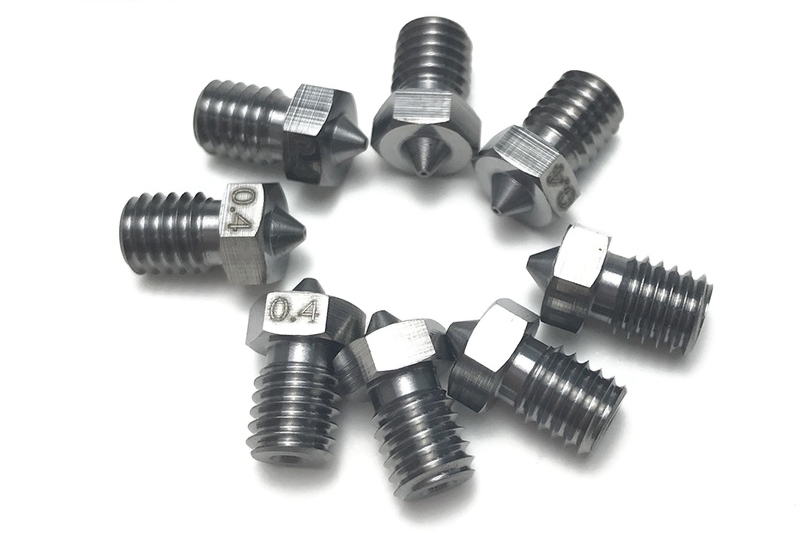
Process Highlights:
Powder Preparation: The process initiates with fine tungsten powder, meticulously chosen for its quality and particle size distribution. The powder is mixed with a binder to form a feedstock, ensuring optimal flow during the injection stage.
Injection Molding: The prepared feedstock is injected into a mold cavity under high pressure. The mold is intricately designed to replicate the desired shape of the final tungsten part. This step allows for the production of complex geometries with exceptional precision.
Debinding: After injection molding, the formed green part undergoes debinding to remove the binder from the matrix. This step is critical for achieving the desired density and strength in the final tungsten component.
Sintering: The debound part is subjected to sintering at elevated temperatures, causing the tungsten powder particles to fuse. This results in a dense and robust tungsten part with properties close to that of conventionally machined components.
Advantages of Tungsten MIM:
Complex Geometries: Tungsten MIM allows the production of intricate shapes and detailed features that would be challenging or impossible with traditional manufacturing methods.
Cost-Effective Production: The high precision achieved through MIM reduces the need for extensive post-processing, contributing to cost efficiency in large-scale production.
Material Efficiency: The MIM process minimizes material waste, ensuring that a significant portion of the tungsten powder is utilized in the final part.
Consistent Quality: Tungsten MIM delivers consistent and reliable results, meeting stringent tolerances and performance requirements.
Applications in Industry:
Tungsten MIM finds applications across various industries, including aerospace, electronics, and medicine. Examples include Intricate aerospace components. Medical device radiation shielding and electronic connectors' precision parts.
Significance of Tungsten Alloy in MIM Processes
Tungsten alloy holds significant importance in Metal Injection Molding (MIM) processes due to its exceptional properties that contribute to producing high-quality custom parts. Here's a concise overview:
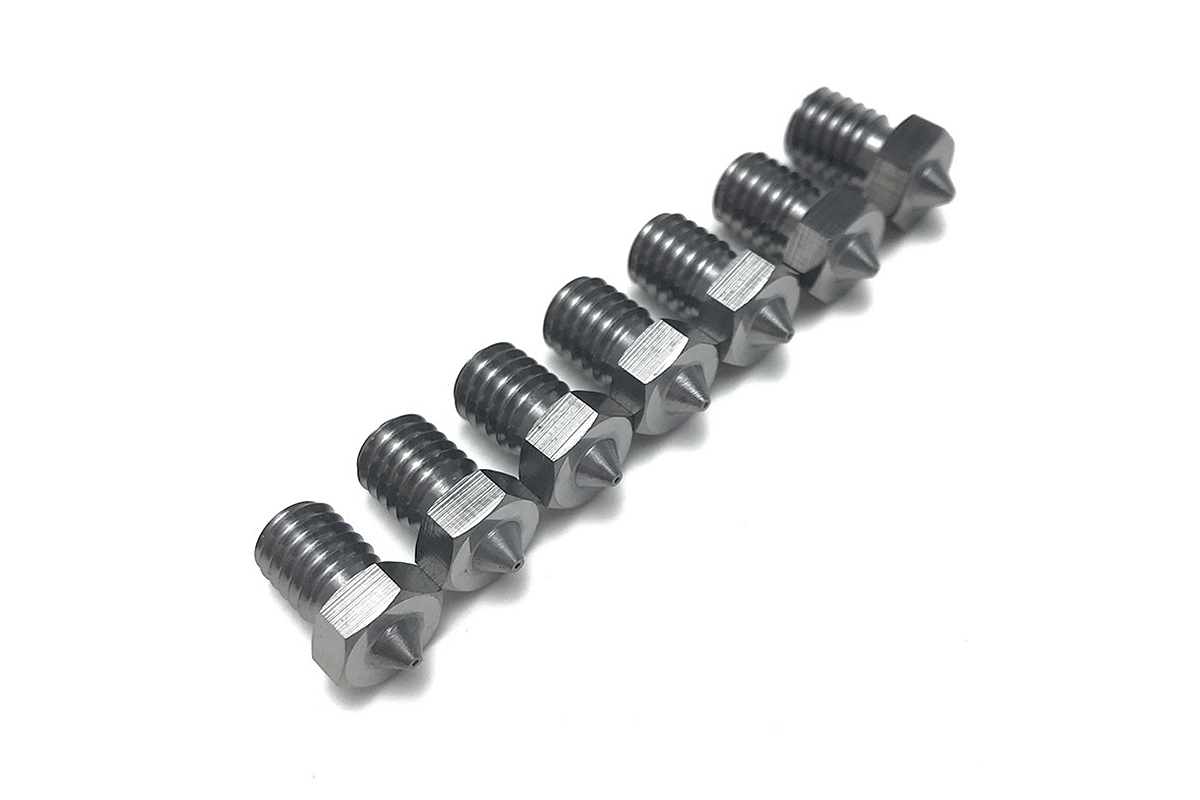
1. Density and Weight: Tungsten alloys, known for their high density, play a crucial role in applications where weight is critical. With a density approaching that of pure tungsten, these alloys are ideal for creating parts with a substantial feel.
2. Precision and Tolerance: In MIM, precision is paramount. With their excellent machinability and fine particle size, tungsten alloys enable intricate designs and tight tolerances. It ensures the production of highly accurate components meeting strict specifications.
3. Wear Resistance: The exceptional hardness and wear resistance of tungsten alloy make it an excellent choice for parts subjected to abrasive conditions. Components manufactured using MIM processes with tungsten alloy exhibit prolonged durability and reduced wear over time.
4. Thermal Properties: MIM processes often involve exposure to elevated temperatures. With their high melting point and thermal conductivity, Tungsten alloys contribute to producing parts capable of withstanding extreme thermal conditions.
5. Radiation Shielding: Tungsten alloys find applications in industries where radiation shielding is crucial. In MIM, these alloys create components that effectively absorb and block radiation, ensuring equipment and personnel safety.
Example: Consider a tungsten alloy component produced via MIM for 3D nozzles. With a density of 17.6 g/cm³, precision within ±0.005 mm, and wear resistance capable of withstanding 500,000 cycles, the part ensures optimal performance in demanding conditions.
Understanding MIM Tungsten Alloys
Chemical of Tungsten
Element | Tungsten (W) | Nickel (Ni) | Copper (Cu) | Iron (Fe) | Cobalt (Co) |
89.5-93.5% | 5.5-7.5% | - | 1.0-2.5% | - | |
90.0-92.5% | 4.5-6.0% | 1.0-3.0% | - | - | |
90.0-92.0% | - | 8.0-10.0% | - | - | |
85.0-89.0% | 5.0-7.0% | - | - | 5.0-8.0% | |
85.0-90.0% | - | - | 10.0-15.0% | - |
Physical and Mechanical
Material | Status | Tensile Strength (MPa) | Yield Strength (MPa) | Impact Strength (J) | Hardness (HRC) | Young's Modulus (GPa) | Poisson's Ratio | Elongation (%) | Density (g/cm³) |
|---|---|---|---|---|---|---|---|---|---|
MIM W-Ni-Fe | As Sintered | 800 | 600 | 25 | 30 | 320 | 0.28 | 5 | 17.0 |
MIM W-Ni-Cu | As Sintered | 850 | 650 | 30 | 35 | 300 | 0.26 | 6 | 16.5 |
MIM W-Cu | As Sintered | 900 | 700 | 35 | 40 | 340 | 0.25 | 7 | 16.0 |
MIM W-Ni-Co | As Sintered | 820 | 620 | 28 | 32 | 330 | 0.27 | 5.5 | 17.5 |
MIM W-Fe | As Sintered | 780 | 590 | 24 | 29 | 310 | 0.29 | 4.5 | 17.2 |
Advantages of Using MIM for Tungsten Parts Production
MIM supports a range of materials and alloy compositions. This versatility allows for the customization of tungsten parts based on specific industrial requirements. Different tungsten alloys can be utilized to achieve desired properties, expanding the application possibilities across various sectors. Metal Injection Molding (MIM) offers distinct advantages in the production of tungsten parts, making it a preferred method in various industries. Here are the key benefits:
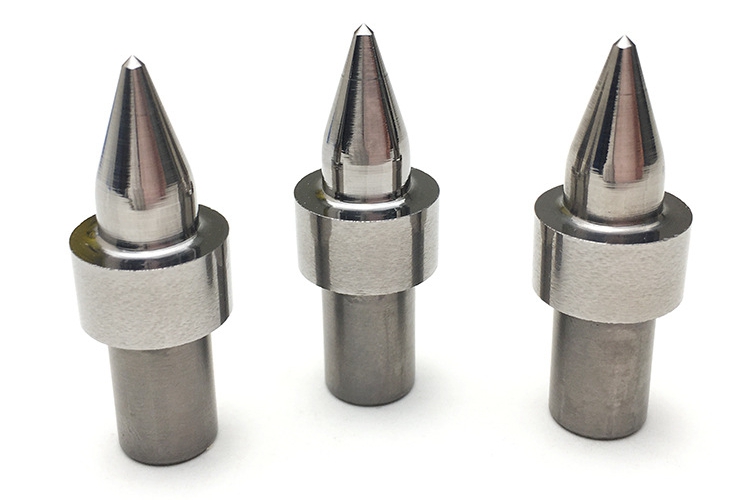
Precision and Complexity:
Metal Injection Molding (MIM) employs a fine powder of tungsten mixed with a binder material. This mixture allows for the creation of intricate and complex shapes with high precision. Tolerances as tight as ±0.1% or even better can be achieved, meeting the stringent requirements of industries such as electronics and aerospace.
The tungsten alloy MIM process combines the precision and structural complexity of plastic injection molding. At the same time, tungsten alloy has the characteristics of high temperature, high wear resistance, hardness, and high electrical conductivity. It enables the manufacture of high-performance, complex parts that meet the needs of various industries.
Material Utilization:
The MIM process optimizes tungsten, a material known for its high density and cost. The ability to create near-net-shape components significantly reduces material waste, making MIM a sustainable and cost-effective choice for tungsten part production.
Tungsten alloy is relatively expensive, but the MIM process can achieve a material utilization rate of up to 98%. This advantage gives it a significant advantage in the mass production of complex parts.
High Density and Strength:
Tungsten parts that are produced through MIM exhibit remarkable density and strength. With an approximately 18.5 g/cm³ density, tungsten components offer exceptional performance in applications requiring robust and durable materials, such as heavy-duty machinery or radiation shielding.
Consistency and Reproducibility:
MIM ensures consistent quality across large production runs. The process minimizes variations in the properties of tungsten parts, providing reliability and meeting the strict standards set by industries like healthcare, where precision and consistency are crucial.
Cost-Effective for Complex Shapes:
Tungsten parts often have intricate geometries that are challenging to manufacture using traditional methods. MIM's near-net-shape capability reduces the need for extensive machining or secondary operations, resulting in cost savings. It makes MIM economically viable for producing complex tungsten components.
Reduced Secondary Operations:
Compared to conventional manufacturing methods, MIM minimizes the need for secondary operations. Tungsten parts can be produced with minimal post-processing, saving time and resources. It is particularly beneficial in industries where streamlined production processes are essential.
Material Variety:
MIM supports a range of materials and alloy compositions. This versatility allows for the customization of tungsten parts based on specific industrial requirements. Different tungsten alloys can be utilized to achieve desired properties, expanding the application possibilities across various sectors.
As a leading tungsten alloy parts supplier, Neway can formulate powder according to customer needs to meet customer needs. Meet various usage scenarios of parts.
Commonly Used MIM Tungsten Alloy Grades
Neway often chooses specific tungsten alloy grades based on the desired characteristics of the final product. For example, W-Ni-Fe alloys are preferred in applications requiring a balance of density and machinability. In contrast, W-Ni-Cu alloys offer improved electrical conductivity and corrosion resistance.
In custom part manufacturing, understanding the nuances of these tungsten alloy grades allows for precise material selection, ensuring the produced parts meet the required specifications and performance standards.
Grade | Cobalt content | Density (g/cm³) | Bending strength N/mm㎡ | Hardness HRA |
YG3X | 3 | 15.00 | 1300 | 94 |
YG6X | 6 | 14.95 | 1810 | 91.5 |
YG6 | 6 | 14.95 | 1710 | 90.5 |
YG8X | 8 | 14.75 | 2430 | 90 |
YG8 | 8 | 14.75 | 2230 | 89.5 |
YGL10.2 | 10 | 14.60 | 2800 | 91 |
YG11 | 11 | 14.30 | 2200 | 88 |
YG11C | 11 | 14.30 | 2400 | 86.5 |
YG15 | 15 | 14.10 | 2400 | 87 |
YG15C | 15 | 14.10 | 2600 | 84 |
YN10 | 10%Ni | 14.40 | 2500 | 87 |
YN9 | 9%Ni | 14.60 | 2450 | 87 |
Tungsten MIM Parts Applications Across Industries
Tungsten carbide nozzle
The Tungsten carbide nozzle exhibits exceptional properties that cater to various industries. With high wear resistance, it withstands abrasive conditions, making it ideal for petrochemical, mining, electronics, packaging, and food processing applications. In the realm of 3D printing and injection machines, this nozzle excels.
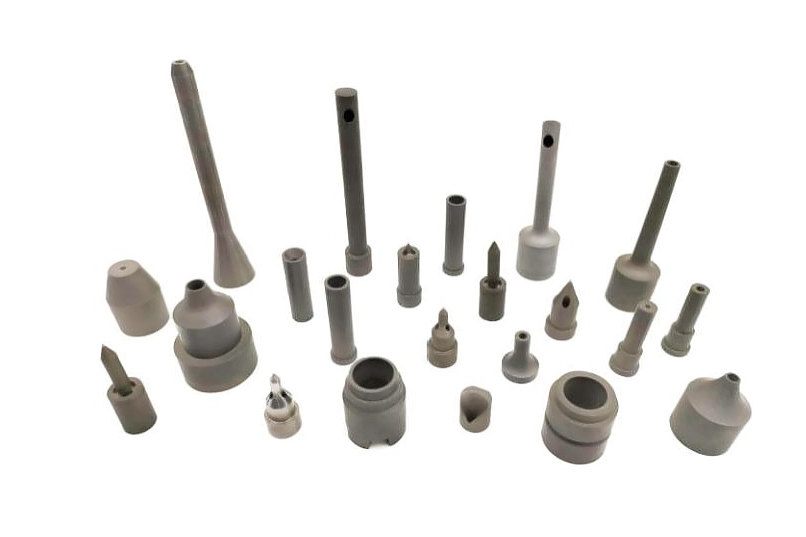
Its remarkable wear resistance ensures prolonged durability, minimizing the need for frequent replacements. The high-temperature resistance of the Tungsten carbide nozzle allows it to withstand elevated operational temperatures, a critical feature in industries with demanding thermal conditions.
Corrosion resistance adds another layer of durability, making it suitable for applications where exposure to corrosive substances is prevalent. Moreover, the nozzle's high-pressure resistance ensures reliable performance even under challenging pressure conditions, contributing to operational efficiency.
In the petrochemical sector, the properties of the Tungsten carbide nozzle enhance productivity by withstanding abrasive elements present in the processing environment. Its wear resistance proves crucial in handling abrasive materials in mining, contributing to extended nozzle lifespan.
For the electronics industry, where precision is paramount, the nozzle's high wear and corrosion resistance ensure consistent and reliable performance over time. The corrosion resistance feature becomes pivotal in the food processing industry, ensuring compliance with hygiene standards.
Tungsten Ejector Pins With Special Purpose
Tungsten ejector pins with particular purposes exhibit distinctive properties that make them highly effective in molding applications. The one-time molding feature ensures efficiency, streamlining the production process with a single mold operation. It contributes to increased productivity and cost-effectiveness, aligning with industry demands for optimized manufacturing processes.
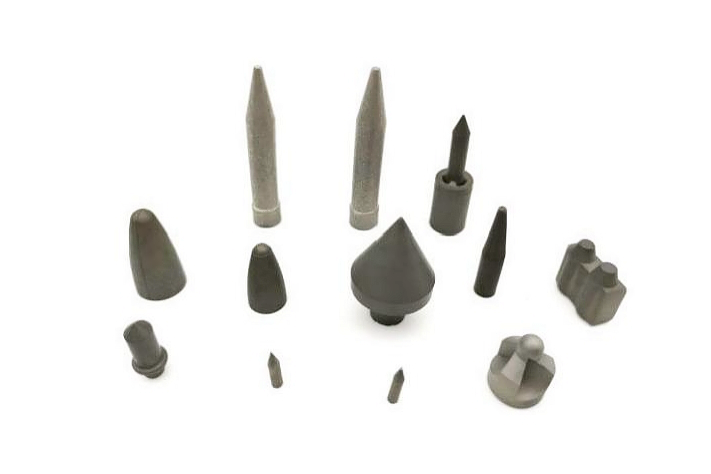
Uniform density is critical, ensuring consistent and reliable results across the molded product. This property enhances the molding process's precision, contributing to producing high-quality components. The abrasion resistance of tungsten ejector pins is pivotal, as it extends the operational lifespan of the pins, reducing the need for frequent replacements and maintenance.
The no-deforming characteristic of these pins is essential for maintaining dimensional accuracy in molded products. This property ensures that the pins retain their shape and structural integrity even under challenging molding conditions. Precise positioning is a standout feature for achieving accurate and intricate mold designs. It enhances the overall precision of the molding process, meeting tight tolerance requirements in various industries.
In practical terms, the tungsten ejector pins contribute to operational efficiency with particular purposes by facilitating one-time molding with uniform density. The pins' abrasion resistance and no-deforming qualities enhance durability, minimizing downtime and maintenance costs. The precise positioning feature ensures that intricate mold designs are faithfully replicated in the final products, meeting the stringent quality standards demanded by industries relying on precision molding processes.
Tungsten Valve Core and Seats
Due to their exceptional properties, the Tungsten Valve Core and Seats play a crucial role in chemical manufacturing and petroleum refining. These components exhibit remarkable wear resistance, ensuring prolonged durability even in demanding industrial environments. Wear resistance is quantified by a hardness level that often exceeds 90 HRA, indicating a robust ability to withstand abrasive forces.
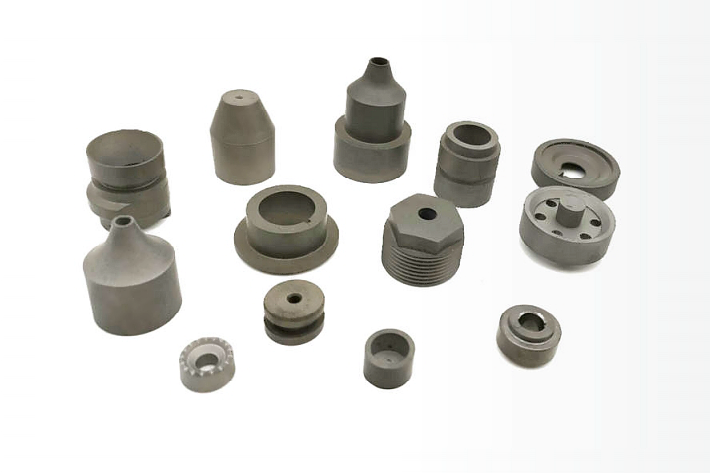
Moreover, the erosion resistance of the Tungsten Valve Core and Seats is noteworthy. These components maintain structural and performance integrity even when subjected to erosive forces, contributing to extended operational life in applications where erosion is a common challenge.
Corrosion resistance is another standout feature, crucial in chemical manufacturing and petroleum refining settings. Tungsten's resistance to corrosion ensures the longevity of the valve core and seats, preventing degradation over time. This resistance is quantifiable through corrosion rate measurements, often falling below 0.01 mm annually.
The high impermeability of the Tungsten Valve Core and Seats further enhances their functionality. This property ensures a secure and leak-free operation, which is critical in processes where preventing fluid leakage is paramount. The impermeability is reflected in minimal permeation rates, often below 10^-9 cc/sec, ensuring the reliability of these components in maintaining a tight seal.
Tungsten Ejection Nozzle, Runner
Tungsten ejection nozzles and runners exhibit exceptional material properties crucial for their application in various manufacturing processes. The key features include remarkable wear resistance, erosion resistance, corrosion resistance, and high impermeability.
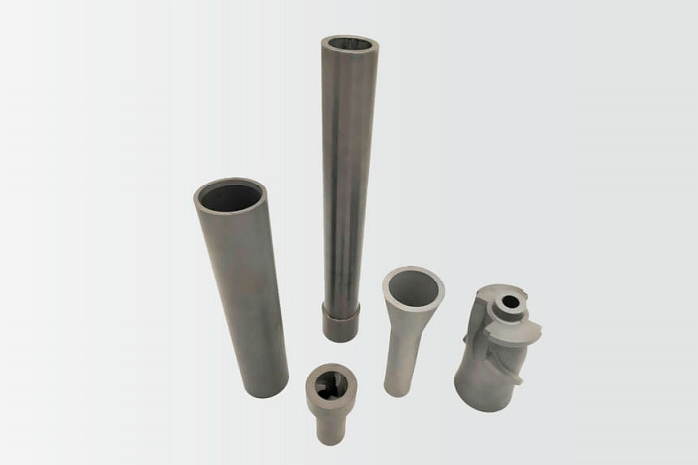
In the realm of wear resistance, Tungsten stands out with a hardness level that ensures prolonged durability under harsh conditions. This property is especially critical for components like ejection nozzles and runners subjected to abrasive forces during their operational lifespan.
Furthermore, the erosion resistance of Tungsten is noteworthy, signifying its ability to withstand the erosive effects caused by high-speed fluid flow or particulate matter. This attribute is pivotal in maintaining ejection nozzles and runners' structural integrity and longevity.
Corrosion resistance is another standout quality of Tungsten. It is well-suited for applications where exposure to corrosive environments is a concern. It ensures the longevity of the components, even when exposed to corrosive substances over time.
Moreover, the high impermeability of Tungsten contributes to its effectiveness in preventing leaks or unwanted material flow. This property is particularly crucial in maintaining precision and efficiency in manufacturing processes where accurate control of material distribution is paramount.
To provide a numerical perspective, Tungsten's wear resistance can be quantified with a Rockwell hardness scale value, highlighting its robustness. Additionally, its erosion and corrosion resistance can be measured in terms of specific erosion and corrosion rates, showcasing its ability to withstand these detrimental effects.
Tungsten Carbide Needle Holder Tips
The Tungsten Carbide Needle Holder Tips exhibit exceptional properties owing to their precision manufacturing through a one-time molding process. Here are the key features:
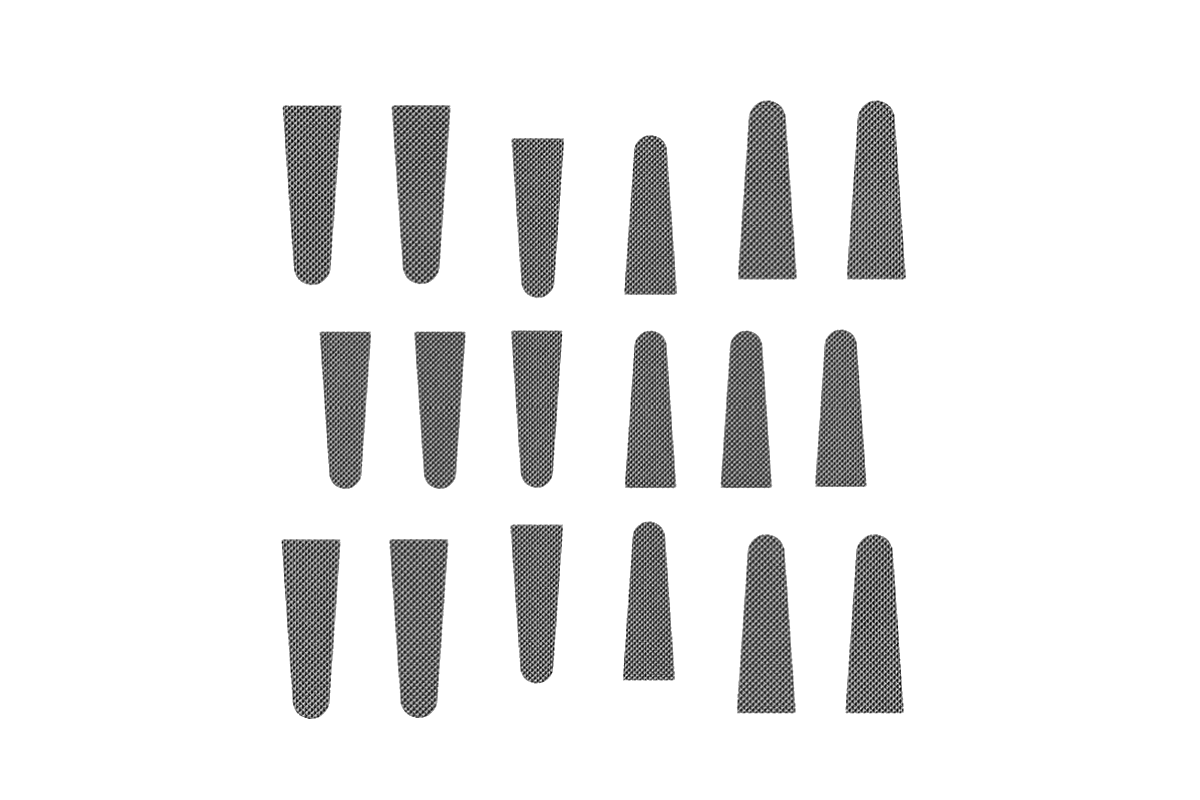
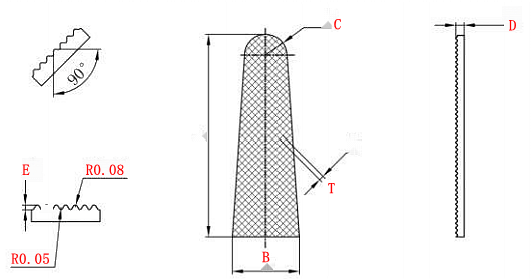
REF. | mm | B | C | T | F | D |
mm | mm | mm | mm | mm | ||
T/21836-02 | 7,50 | 2,90 | 1,30 | 0,40 | 0,15 | 0,50 |
T/21836-01 | 9,00 | 5,30 | 1,30 | 0,40 | 0,15 | 0,60 |
T/21836-08 | 13,00 | 3,60 | 0,75 | 0,50 | 0,20 | 0,50 |
T/21836-06 | 15,00 | 5,10 | 1,75 | 0,40 | 0,15 | 0,65 |
T/21836-12 | 15,00 | 4,80 | 1,20 | 0,40 | 0,15 | 0,70 |
T/21836-05 | 16,00 | 5,20 | 1,40 | 0,50 | 0,20 | 0,70 |
T/21836-10 | 16,00 | 5,20 | 1,40 | 0,40 | 0,15 | 0,70 |
T/21836-03 | 17,00 | 6,50 | 1,75 | 0,50 | 0,20 | 0,60 |
T/21836-07 | 17,00 | 5,60 | 1,75 | 0,40 | 0,15 | 0,65 |
T/21836-06 | 17,00 | 4,50 | 1,20 | 0,50 | 0,20 | 0,70 |
T/21836-04 | 20,00 | 6,00 | 1,75 | 0,50 | 0,20 | 0,70 |
T/21836-11 | 20,00 | 6,00 | 1,75 | 0,40 | 0,15 | 0,70 |
T/21836-13 | 21,50 | 7,00 | 2,40 | 0,50 | 0,20 | 0,70 |
Uniform Density: The tips are crafted consistently throughout the molding process. It ensures a homogeneous structure, contributing to the overall robustness of the needle holder tips.
Abrasion Resistance: Tungsten carbide, known for its hardness, imparts remarkable abrasion resistance to the tips. This characteristic is crucial for prolonged and efficient use, especially in applications involving frequent contact or friction.
No Deforming: The one-time molding technique ensures that the needle holder tips maintain their original shape and structural integrity over time. This feature is essential for reliable and consistent performance, preventing deformation that could compromise functionality.
Precise Positioning: The tips are designed for precise positioning, facilitating accurate handling and manipulation of needles. It is essential in medical or laboratory settings where precision is paramount.
These properties collectively make the Tungsten Carbide Needle Holder Tips a superior choice, offering durability, wear resistance, and precision in various applications. If you have specific numerical values or tolerance requirements, please provide them for a more detailed discussion.
Tungsten Carbide Atomizing Nozzle
The Tungsten Carbide Atomizing Nozzle exhibits exceptional properties due to its precision-manufactured manufacturing. Molding in a single process ensures uniform density, contributing to the product's robustness and durability. The material's inherent abrasion resistance enhances the lifespan of the nozzle, maintaining its effectiveness over extended usage.
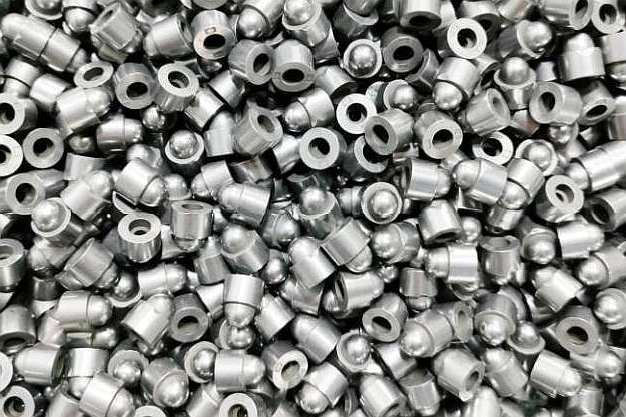
Furthermore, the precise dimensions of the Tungsten Carbide Atomizing Nozzle result from advanced manufacturing techniques, ensuring accuracy in its design. This precision plays a crucial role in optimizing the nozzle's performance, allowing for efficient atomization of substances.
One notable feature is the spacious spray angle provided by the nozzle. This characteristic enhances its versatility and applicability in various settings, allowing for adequate coverage in different spray applications. The nozzle's ability to disperse substances over a wide angle increases its efficiency and productivity in atomization processes.
Other MIM Tungsten Parts Applications
Metal Injection Molding (MIM) has found diverse applications in manufacturing precision components. Let's explore some specific examples of MIM Tungsten parts:
Special-Shaped Blade with Counterbore:
MIM Tungsten's high density and refined detail capabilities make it ideal for crafting intricate special-shaped blades with counterbores. The material's superior hardness ensures durability and precision in cutting applications.
Thin-wall Cages with Holes:
MIM Tungsten's ability to produce thin-wall structures with intricate patterns is well-suited for manufacturing cages with holes. This application benefits from Tungsten's robustness and resistance to wear and tear.
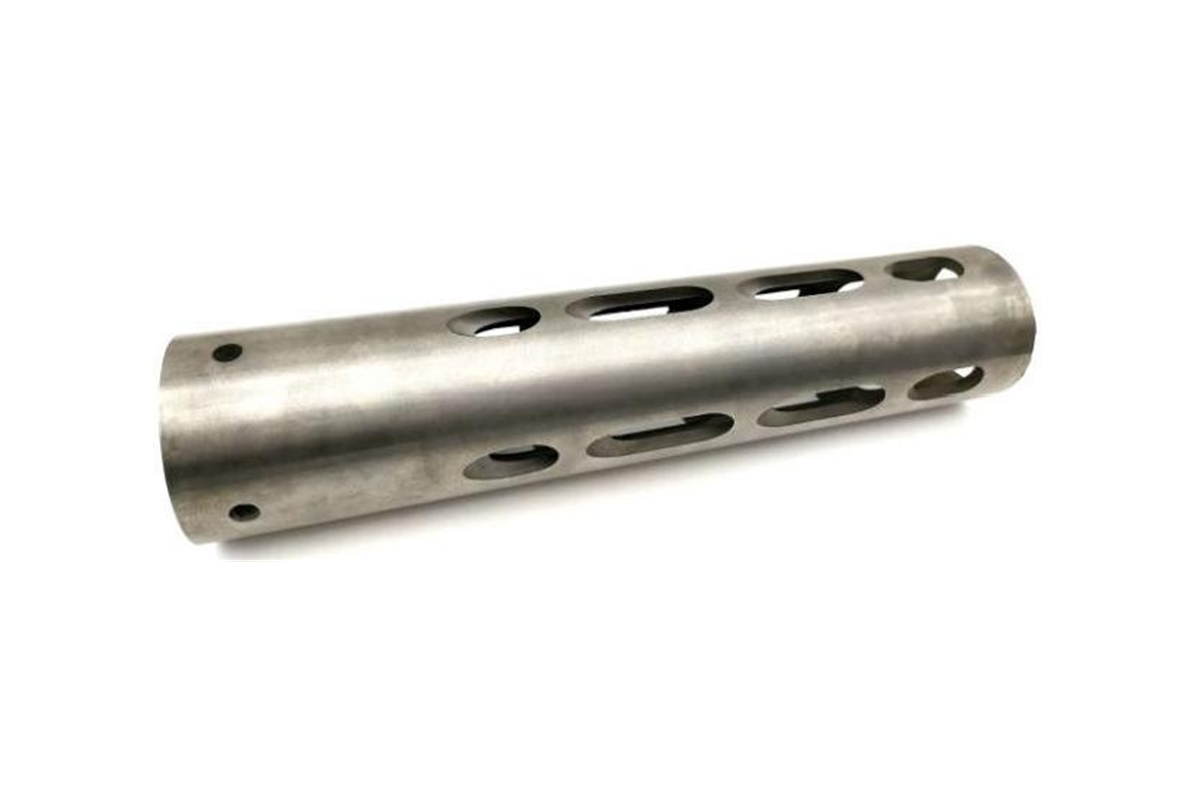
Spiral Cutting Tool, Transportation Rotator:
Tungsten parts produced through MIM are well-adapted for crafting high-performance spiral-cutting tools. The material's hardness enhances cutting efficiency, and its durability ensures a longer tool life. Additionally, MIM Tungsten is suitable for components in transportation rotators, offering reliability under demanding conditions.
Hot Runner of Injection Mold:
MIM Tungsten's heat resistance and precision make it suitable for crafting hot runners in injection molds. The material's high thermal conductivity contributes to efficient heat distribution, optimizing molding.
5G Pipe with Micro Hole:
MIM Tungsten's capability to achieve micro-scale features makes it suitable for manufacturing 5G pipes with micro holes. The material's dimensional accuracy ensures signals' precise and efficient flow in advanced communication systems.
Threaded Nozzle, Cap:
MIM Tungsten's strength and wear resistance are valuable in producing threaded nozzles and caps. These components benefit from Tungsten's ability to maintain structural integrity under challenging conditions, ensuring reliable performance.
In each application, the use of MIM Tungsten parts aligns with the need for precision, durability, and efficiency, showcasing the versatility of this manufacturing method in meeting diverse industry requirements.
What We Can Do With Tungsten
Metal Injection Molding Service
Neway is a top-notch metal injection molding (MIM) service supplier for your custom MIM parts. We can provide injection molding services for iron-based, tungsten alloy, cobalt alloy, and other carbide materials.
Powder Compression Molding (PCM) Parts Manufacturing Service
Powder Compression Molding (PCM) has cheaper mold costs than MIM and is the best manufacturing solution for custom parts with simpler shapes.
评论
发表评论